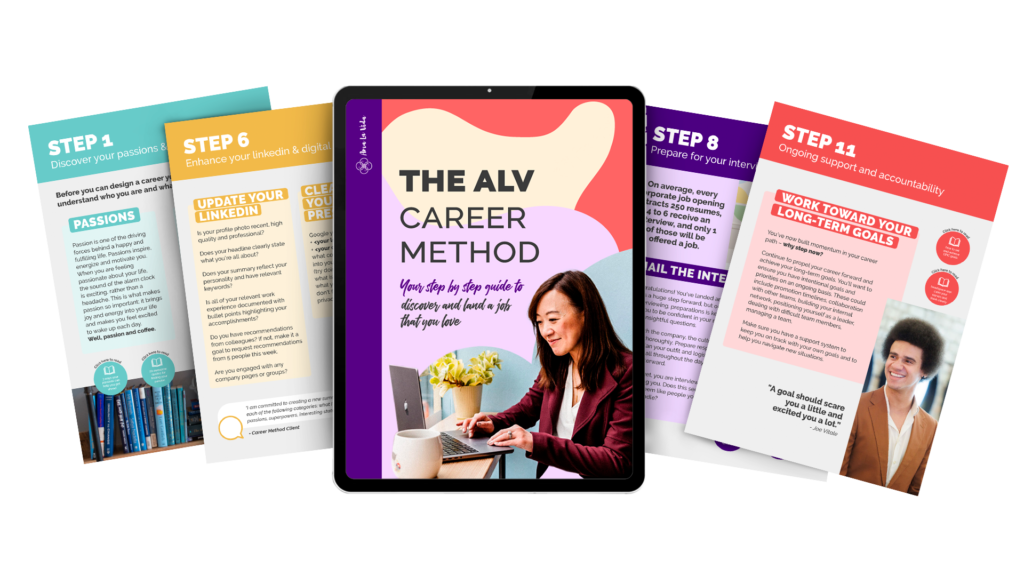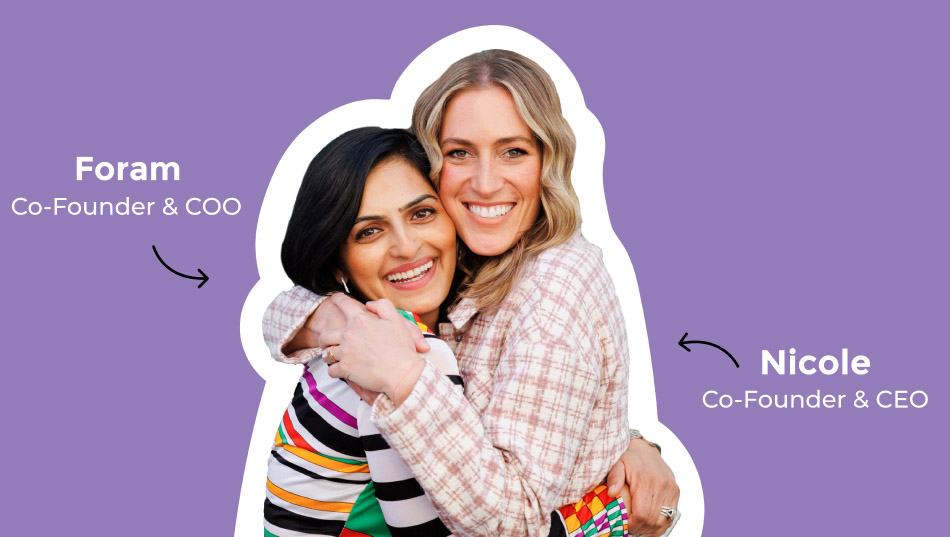Why We’re Building A Modern Business The Old School Way

I’m building a modern business the old school way. My business is the antithesis of the Silicon Valley golden child. We haven’t raised a multi-million dollar funding round. We’re not 100% tech. People are a big part of our process. We value sleep as much as we value hard work.
Most investors would give us a hard pass.
When you think of an entrepreneur, what comes to mind? A 20 something Stanford dropout in a hoodie? A tech genius in an office with beautifully spray painted quotes on the wall? Someone riding a Segway to work and then staying until 3am coding the next release?
Yeah… me too actually.
What about your local plumber? She’s an entrepreneur too. Or the restauranteurs on your corner that just expanded to a second location because they are a local favorite? They’re entrepreneurs too. What about the thousands of businesses which were built brick by brick for years and years before venture capital was even a thing? They’re entrepreneurs too, and a lot of them are damn good ones and formed the businesses which are now household names. And what about the two women down the street from you who are building their modern business happy client by happy client? We’re entrepreneurs too.

Now I love a good hoodie and a quote on the wall as much as the next person (see photo above). And I’m sure as heck not saying it’s fun or ideal to start a modern business with very little capital (I can speak from experience!). The point I am trying to make is that there is more than one way to measure success of a business. You have to find the measures that make the most sense for you and what you’re trying to build – both in business and in life. And then, you need to not feel like you have to fit the mold that the media (and just about every conference I’ve gone to in the past year) touts as successful.
Here’s what our modern business is doing differently:
1. Geography
I have heard multiple people advise that if you want to build a startup, you have to move to California. There is certainly benefit to being in the thick of things, rubbing elbows with fantastic talent and investors. And I do believe that surrounding yourself with smart, driven people is a great strategy to keep you on your toes and help you level up. But there are smart, driven people everywhere, and there are pockets of innovation and startup ecosystems bubbling up in many cities throughout the country.
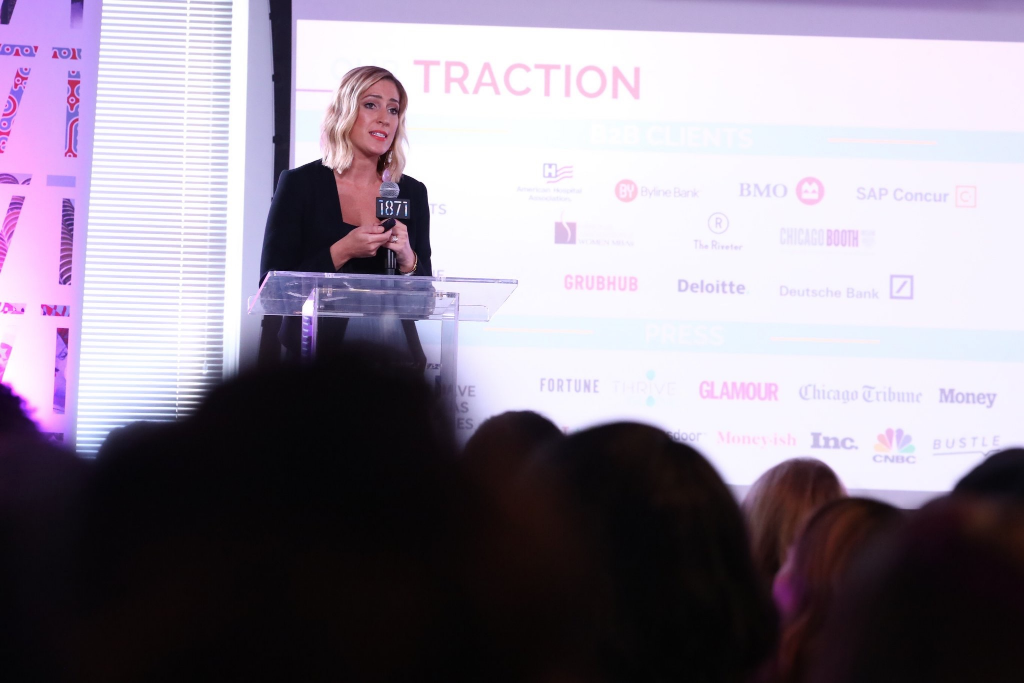
So why Chicago? Well there’s that piece about us being from here. But it’s more than that. Chicago has an amazing sense of community that supports female founders. Chicago is an affordable and enjoyable place to live while making financial sacrifices to build a modern business. Also, deep dish pizza.
And to take it a step further, we chose to not even be in the heart of the Chicago business or tech scene. We’re not in the loop or in the West Loop. We’re in Lincoln Park. We want to be part of the community where our clients feel at home. We’re not overspending for a brag-worthy office. We’re spending within our budget for an office that gets the job done but also feels like a warm, happy place, not an intimidating, cold one.
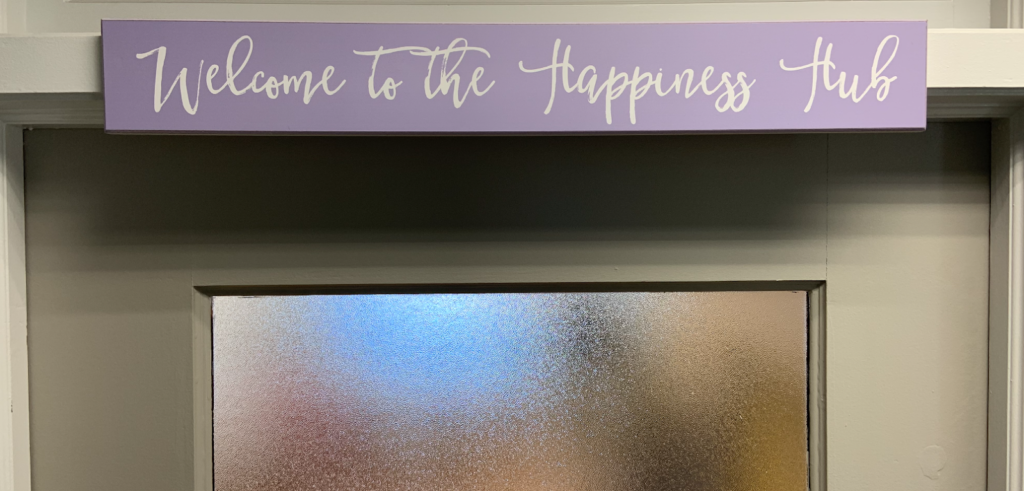
2. People first, tech second
Having a solution which is too people-intensive can be a kiss of death for many investor meetings. People are expensive, difficult to train and manage and unpredictable. People don’t scale. And yet, people are at the core of our service delivery.
We tried selling our programs as tech only, specifically our career transition program. As with most eLearning programs, we saw low engagement and completion rates. This didn’t sit well with us. Our business objective was not to create a model that would be suitable to raise money. Our objective was to solve a client problem that we had faced ourselves, one that we were obsessed with and determined that we could find an affordable way to solve.
And so we landed on a people/tech hybrid solution
Our clients complete eCoaching modules in our platform in between live coaching sessions. This not only makes our programming more affordable and scalable than traditional coaching, but it also makes the coaching more effective. Our program completion rate is now 90%.
People are also at the core of our growth strategy. We set out to solve clients’ problems via coaching, and along the way we found ourselves solving a major problem for another user group: coaches. The International Coach Federation (ICF) estimates that there are over 50,000 coaches worldwide (I personally think this number is VERY understated), and the vast majority of them are self-employed solopreneurs. In the midst of a noisy marketplace, they are struggling to stand out, market themselves, find clients, deliver service and operate a modern business.
We provide an opportunity for the nation’s top coaches to join our team and focus on coaching alone. We market on their behalf and provide them with the tools and resources they need to do their job seamlessly. This has attracted a volume of coach applications that we never saw coming, and with each talented coach we add to our team, our momentum builds, our whole team of coaches becomes more qualified through knowledge sharing, and we become a better company.

I will absolutely keep iterating on how to create more tech-based solutions that are incredibly effective. But not just because I want to scale. Because I want affordable solutions for everyone. However, people are and likely always be an important part of our strategy. And I have to say, our people are amazing.
3. Self-funded
We put in a modest amount of capital to get our initial tech built and get Ama La Vida off the ground. Since our launch in 2016, we have grown as a result of our own profits.
There are absolutely modern businesses that require outside funding to even be viable (unless you’re independently wealthy). If you have a highly capital intensive business, for instance one which requires a complicated manufacturing process, expensive materials, a large amount of inventory or a large physical location. If you have an extremely complex technology platform that requires many resources to build or a product which needs to undergo a long government approval process like some healthcare products and technology. Or if you have a B2C business which a large competitor could build and squash you if you don’t get a certain level of market traction quickly. If you have a product which requires a certain level of scale to even be functional at all (e.g., Uber). These are all scenarios in which raising capital is suggested, if not required.
None of those describes our business
So external funding wasn’t an absolute requirement for us. I would love to have the scale and impact that external funding would allow. But then again, we have complete control of our business and our lives. We’re not in a mad dash to make an exit. We find scrappy, creative solutions which are often just as good or better than the expensive options. We are having an absolute blast building this thing, and there’s something to be said for that too.
I can tell you if I raised money three years ago, I wouldn’t have known what to do with it. Now that I really understand my customer, my solution, my team and my business, I know exactly how I’d spend the next dollar that came my way. I’m glad I didn’t raise capital right away, and I hope that if and when we decide it is the right move for our modern business, it will come from a place of confidence, power and an incredibly clear line of sight to growth.
4. No hockey stick growth (yet)
I’m still shocked by how polarized the conversations I have about my modern business are. Often when I talk to people, typically from older generations, they are blown away by how much revenue we’re generating, just in our third year of business.
When I talk to folks in the tech world and look at others’ 5 year projection slides, I feel extremely incompetent. It sometimes feels like if you haven’t attracted millions of users or downloads by year two, you’re a total flop.
We don’t have millions of clients. But we have hundreds. And we’re serving them well. I’m proud of that.
We’re still here three years later, stronger than ever. We’re hiring people and being additive to the local economy. We are helping people every single day to make tangible changes in their lives. I’m proud of that too.
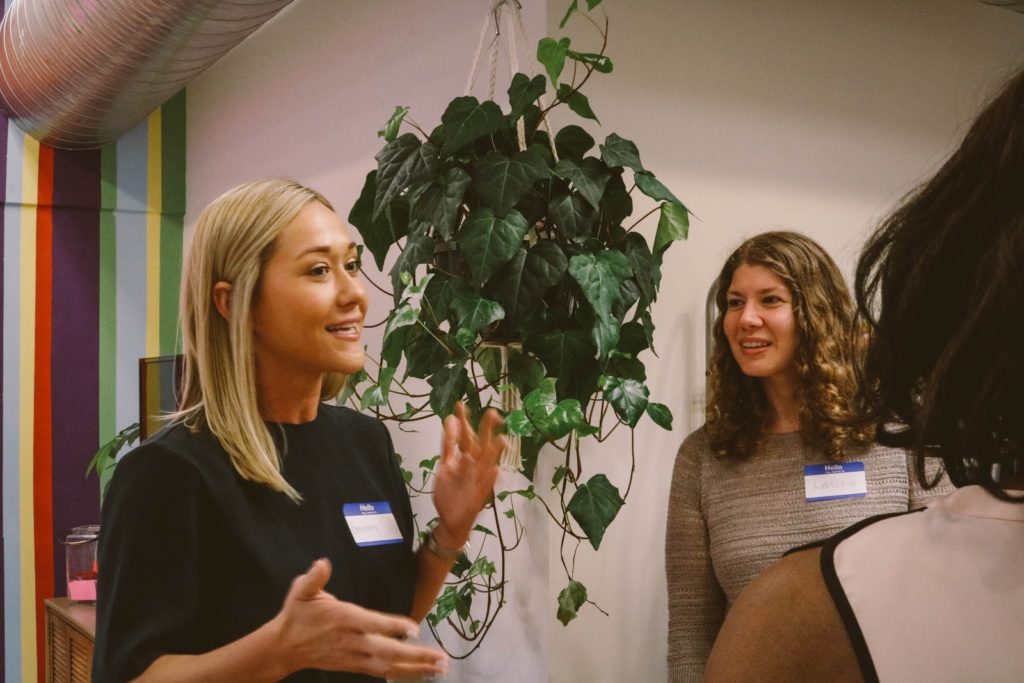
We’re consciously and strategically investing our profits back into the business so that next year, we can make even bigger and bolder moves and bets. And I don’t know when, but somewhere down the line, I still believe we will make our way to a level of reach that would impress just about anyone.
5. Lots of things that aren’t scalable
When you design a business for overnight explosive growth, you can’t include processes that aren’t scalable. If you do, you better find a way to automate them ASAP.
We’re not optimizing for massive growth right now; we’re optimizing for maximum client happiness and impact, and so we do a ton of things that don’t scale.
- Sending a hand-written card to welcome all of our new clients.
- Sending e-cards for birthdays.
- Personally connecting our clients with people in our networks who may be helpful to them.
- Inviting our clients in for coffee or breakfast or just to say hi.
- We have a book swap to help our clients live out our value to “always be bettering” without spending money.
- Sending good luck texts and videos when clients have an upcoming interview.
- Sending personalized gifts when clients land jobs or promotions.

This may not be how the next tech unicorn gets built (though I’d argue that going above and beyond for customers is always a good strategy), but it is how we will build the world’s leading coaching company. We will support each and every client to the best of our ability, and by doing so, I believe that the word will spread, and that will have a compound effect on our marketing and growth efforts.
6. Well-being oriented
I’m no stranger to hard work. As a teenager I was a competitive dancer, danced 7 days a week and sacrificed a lot of the normal kid social life stuff to perfect my craft. In college I double majored and also worked 3 days a week. I went into consulting as my first job, a profession notorious for terrible work life balance. Perhaps all of these experiences have factored into my interest in entrepreneurship and the idea of being in control of my life and schedule.
Now I will be the first one to tell you that as an entrepreneur, your brain never shuts off even when your laptop does. You are constantly thinking about your modern business, and there is always something going on that screams for your attention. However, there is some inherent flexibility in your schedule, especially as the business grows and you are no longer the one doing every single thing.
The way we have structured our business allows for this flexibility. Foram can go home at 4:30pm and be offline some days until 7pm when her 1year old goes to sleep. I can pick up and go on a 2 week vacation to Africa with my husband and not worry about the world ending. We can make doctor’s appointments during the day or go run errands when there is no one else at the store. My husband found Wednesday matinee Hamilton tickets for $52, and you better believe I told him to click purchase.

I wanted to build a modern business where all of these things are possible. I wanted to create a culture of not just work hard play hard but work hard rest hard. And work and rest when it makes the most sense for you to work and rest.
This focus on well-being and a personalized work experience is not the norm in the startup world. For some, it may seem like we are less dedicated than other founders who are constantly pulling all-nighters. And I’ve heard about these concerns surfacing in investor meetings also. But we’re playing the long game. We’re not trying to build big and get out. We’re trying to build a big, successful, modern business which will outlive us. And in order to do that, we need to be happy, healthy and human beings with more modes than just work work work.
What I’m missing
I’ve shared why our approach has been the right one for us at the time and why I’m glad I haven’t got caught up in the – you must raise to be successful – buzz. Though this path has many tradeoffs.
I have certainly felt at many points throughout the past couple years that I could benefit from more mentorship – mentorship that a group of investors and a board could likely provide. I think the guidance and feedback from those who have seen it all before would have and still could be extremely helpful to help us accelerate our growth and avoid silly mistakes. Clearly we are also restricted by the amount of capital we have. Now that we have ironed out marketing channels and internal processes, I’d love to be able to inject additional capital into the business to scale more aggressively.
But in all of these areas, just like with every other thing we’ve done in our business, I believe there are creative solutions. I believe we can grow and achieve and scale and surround ourselves with brilliant people in ways other than what you’d expect. I believe we can achieve incredible levels of success by doing things the way that feels right to us.
What comes next for our modern business
Do I want to be on the cover of Forbes? Absolutely. I’m still thinking big. Very big. I’m just taking a less celebrated path to get there.
I’m not discouraging anyone from pursuing venture capital. Or attempting to build the next Slack or Facebook. My point is simply that there’s no one right way to do anything.
So many of my clients come to Ama La Vida because they have spent their lives doing the “right” things. Good degree. Amazing job. Great pay. And then at some point they realize they are miserable because they are living someone else’s definition of success instead of their own.
I have to remind myself that the same is true for building a modern business. Raising money isn’t everything. Having the fanciest office isn’t everything. Being in the hottest location is everything. Doing the “right” thing isn’t always the right approach for you. You have to define your own vision for success and then build your modern business accordingly.

That’s what Foram and I are doing. That’s what we intend to keep doing. One day you may see us on your tv screens as a household name. But until then, we will be here, building our modern business day-by-day, happy to be your friends, coaches, and neighbors, right here in Lincoln Park.






